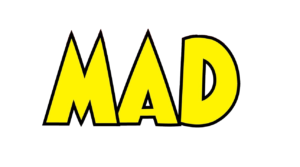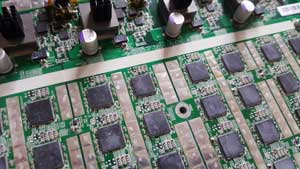
It has been a very busy few weeks since my first trip to the US. As part of my STEM contribution, I was looking for old mining boards to first learn how mining works and then to share this knowledge with the younger generation. I put a shout on the community forums a while ago and a very generous person offered one of his boards. It would have cost a lot to send it to NZ so I ended up picking it up while in the US.
From attending various meet ups and talking with all sorts of people, everyone wants “in” on blockchain applications and smart contracts. That is because it’s the buzz at the moment. The good old bitcoin cryptocurrency has been left in the dust. There is also the negative connotation that surrounds bitcoins such as “it’s used for buying drugs” and “it’s a speculative currency”.
Whilst these maybe true, understanding components of how bitcoin works provides an excellent foundation to build upon. One example is analysing what is inside a blockchain. Another example is that of securing the blockchain, aka mining.
Currently the main algorithm used to secure transactions on the blockchain is Proof of Work. It has become so advanced that custom ASIC chips are required.
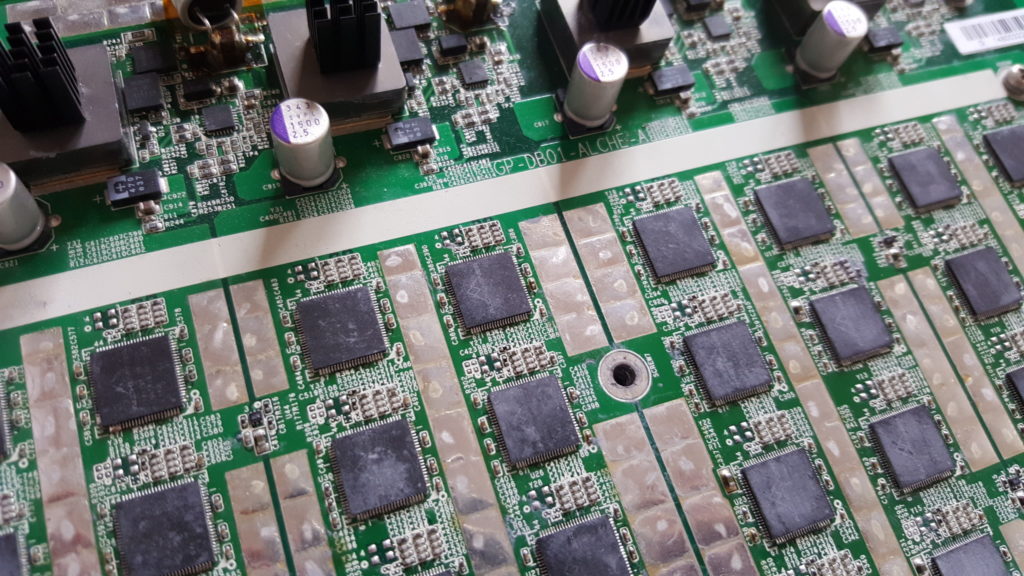
Here is an example of a mining board that was generously donated by toptek. It contains 32 alchemy chips and uses the open source bfgminer application to secure scrypt based blockchains.
I had to compile bfgminer from source on a raspberry pi, connect it to the internet, point it at a pool and away it went. It hashes at around 29MH/s and consumes around 300 watts.
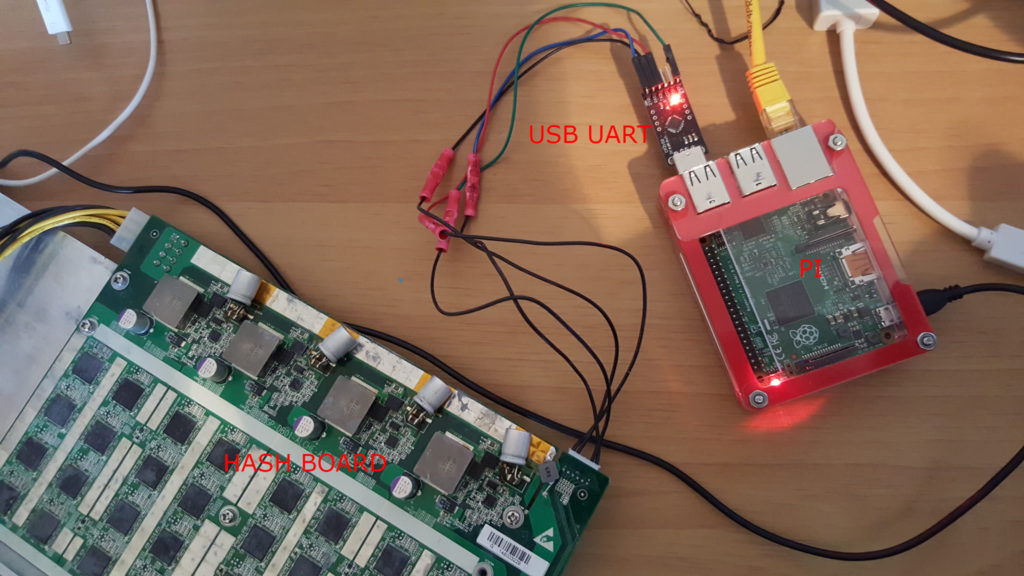
One of the biggest challenge was how to deal with the enormous amount of heat that was dissipated from these chips. In full flight, touching the surface of the chips would burn your finger within half a second.
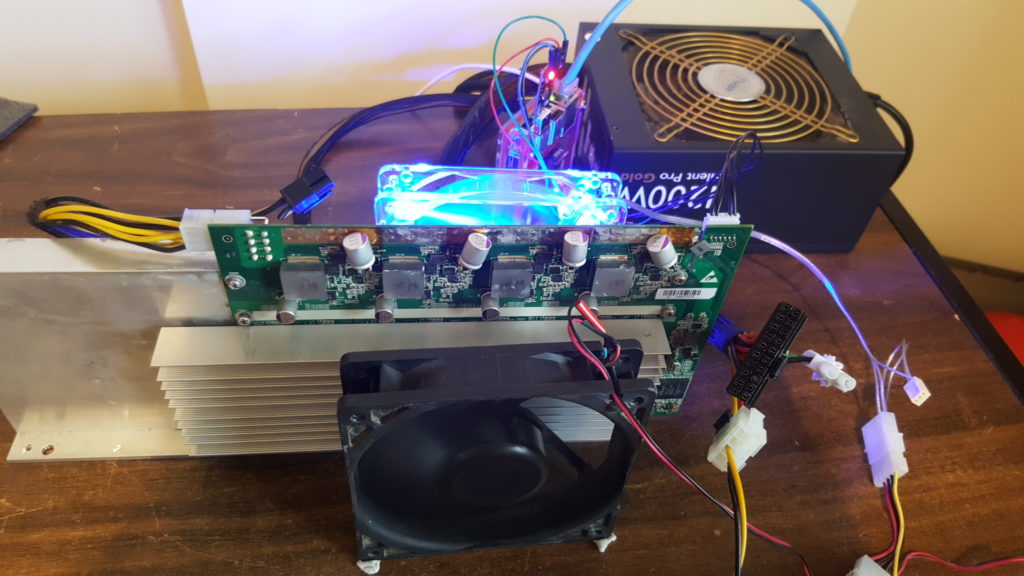
In my final set up, I added thermal grease on the bottom surface to aid heat transfer and added an additional heat sink on the top. I then had 2 fans on either side keeping the unit cool. Without the heat sinks and fans, the chips would overheat and shutdown. It could also cause a fire too!
The amount of engineering required, both software and hardware is amazing. My next project is to demo this to schools and universities to highlight that all of this is only made possible with good understandings in Science, Technology, Engineering and Maths!
